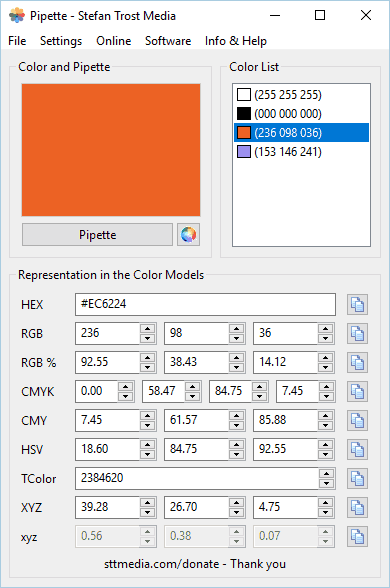

It showed a relatively wide host range but did not infect the classical biotype O1 V. In its native host ICDC-4470 and newly-infected strain N16961, VFJΦ was found to exist as a plasmid but did not integrate into the host chromosome. This 700 bp region gave VFJΦ several characteristics that are not found in fs2 and other filamentous phages. A large part of the genome is highly similar to that of the fs2 phage, and the remaining 700 bp is homologous to VEJ and VCYΦ. VFJΦ was found to be a mosaic of two groups of V. The genome of VFJΦ is 8555 nucleotides long, including 12 predicted open reading frames (ORFs), which are organized in a modular structure.

A novel filamentous phage, designated VFJΦ, was isolated in this study from an ampicillin and kanamycin-resistant O139 serogroup V. Filamentous phages have distinguished roles in conferring many pathogenicity and survival related features to Gram-negative bacteria including the medically important Vibrio cholerae, which carries factors such as cholera toxin on phages.


 0 kommentar(er)
0 kommentar(er)
